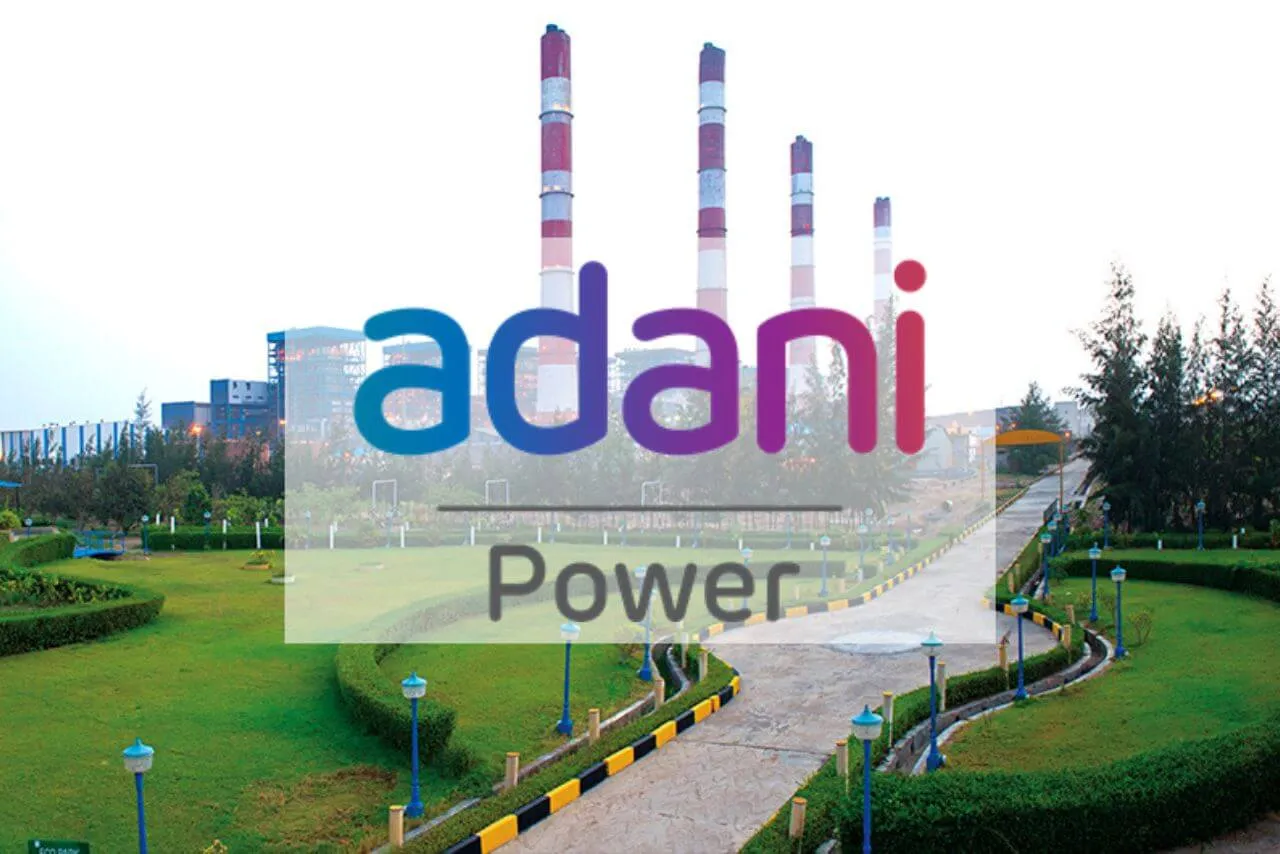Flow batteries
The Essential Guide to Flow batteries for Solar Power Systems
Flow batteries represent a breakthrough in battery technology, offering unique advantages for large-scale energy storage. This guide delves into the mechanics, uses, and benefits of flow batteries, shedding light on why they are becoming an essential component of modern energy systems.
What are Flow Batteries?
Flow batteries, also known as redox flow batteries, are a type of electrochemical storage device where electrolyte containing one or more dissolved electroactive elements flows through an electrochemical cell that converts chemical energy to electricity.
How Do Flow Batteries Work?
The Electrochemical Process
Unlike conventional batteries, where the energy-producing reaction occurs within the cell itself, flow batteries store energy in external tanks. This design allows for independent scaling of power and energy, making them ideal for applications requiring long-duration energy storage.
Components and Function
A typical flow battery system includes two tanks of liquid electrolytes — one positive and one negative. These electrolytes are pumped through a reactor cell that includes a membrane separating the two fluids but allowing ions to pass. The flow of electrolytes across the electrodes allows the battery to charge or discharge.
Applications of Flow Batteries
- Renewable Energy Integration: Perfect for storing energy from intermittent sources like solar and wind.
- Grid Management: Helps in managing peak loads and stabilizing the grid.
- Backup Power: Provides reliable backup power solutions for critical infrastructure.


Advantages of Flow Batteries
- Scalability: The capacity can be easily increased by simply enlarging the storage tanks.
- Long Lifespan: Capable of more than 10,000 charge cycles with minimal degradation.
- Safety and Stability: Low risk of fire and can operate in a wide range of temperatures.
Maintenance Tips for Flow Batteries
- Regular Monitoring: Keep track of electrolyte levels and quality.
- System Checks: Regularly inspect pumps, tanks, and power systems to ensure optimal performance.
- Electrolyte Management: Periodically replace or rebalance the electrolyte to maintain battery efficiency.
Recent Innovations in Flow Battery Technology
Recent advancements focus on improving the energy density and reducing the cost of electrolytes, which are crucial for enhancing the commercial viability of flow batteries.
FAQ
If you don't see an answer to your question, you can send us an email from our contact form.
Send EnquiryA flow battery is a rechargeable battery in which electrolyte containing one or more dissolved electroactive species flows through an electrochemical cell that converts chemical energy directly into electricity. Separate tanks store the liquid, and the flow of electrolytes through the cell can be controlled.
In flow batteries, two liquid electrolytes containing dissolved electroactive elements flow through a cell that includes a positive and a negative electrode, separated by a membrane. Energy is stored in these liquid electrolytes and is released through an electrochemical reaction that occurs as they pass through the cell.
The most common types of flow batteries are:
- Vanadium Redox Flow Batteries (VRFB): Both tanks contain vanadium, utilizing different valence states to store energy.
- Zinc-Bromine Flow Batteries: Utilize zinc and bromine as the charge carriers.
- Iron-Chromium Flow Batteries: Use iron and chromium, known for their low cost and availability.
- ● Scalability: The energy capacity of a flow battery is decoupled from its power, meaning the energy capacity can be increased simply by enlarging the electrolyte storage tanks without changing the cell size.
- ● Long Cycle Life: They can undergo thousands of charge and discharge cycles with minimal degradation.
- ● Flexibility: Suitable for applications requiring long discharge times and rapid response times.
Flow batteries are ideal for:
-
Renewable Energy Storage: Storing energy from solar or wind installations for later use.
-
Grid Support: Providing load balancing, peak shaving, and backup power to stabilize the grid.
-
Microgrids and Remote Power Systems: Offering a reliable and long-lasting energy storage solution.
Yes, flow batteries are considered environmentally friendly. They typically use non-toxic, abundant materials and can be recycled at the end of their lifespan. The liquid electrolytes can also be reused or repurposed.
Flow batteries require periodic maintenance to ensure optimal performance. This may include:
- Electrolyte Management: Checking and adjusting the electrolyte levels and chemistry.
- Mechanical Inspection: Regular checks on pumps, valves, and plumbing to prevent leaks and ensure efficient flow.
- Electrical Tests: Routine checks of the electrical components to ensure efficient operation.
Flow batteries are designed for long-term usage, typically offering operational lifespans of over 20 years or more than 10,000 charge-discharge cycles with minimal degradation.




